Venting Whole-House Tankless Gas Water Heaters – You’ve Got Options!
In our ongoing series of posts from our team at Save Home Heat Company focused on whole-house, tankless gas water heaters, this installment will center on the versatility of the venting options these water heaters offer. Making it easier than ever to incorporate these products with the design and construction of an existing home, this is yet another reason why tankless heaters continue to grow in popularity with families for whom they are a good match.
Once again, we will be looking closer at the most popular tankless water heater with our customers in the Denver-Boulder metro area, the Super High Efficiency Plus, RU Series units made by Rinnai.
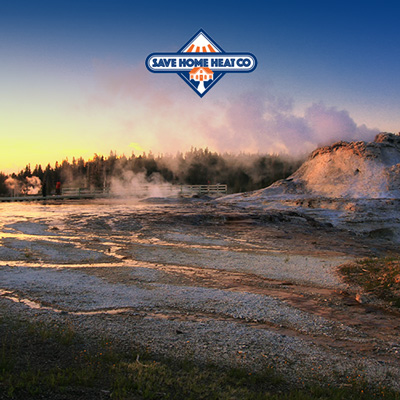
What Are the Ways a Rinnai RU Series Tankless Water Heater Can Be Vented?
The different venting options and flexibility offered by Rinnai’s tankless water heaters make these products a relatively easy retrofit for many types of homes.
Direct Vent and Non-Direct Vent Options
The Rinnai RU Series models are approved for either direct or non-direct vent installations. This means that you can use either 100% outside air for the combustion process, or, in some cases, use indoor air for combustion air for the heater—assuming that manufacturer requirements have been met for using indoor air (such as the size of the mechanical room, whether it’s a sealed room or has louvered doors, and other factors). There are also options for venting multiple tankless units into a single exhaust pipe. Since this arrangement is not common for the single-family dwelling customers that our team serves in the Boulder-Denver area, we’ll pass on diving deeper into that aspect in this post. Please feel free to reach out to our team for more details.
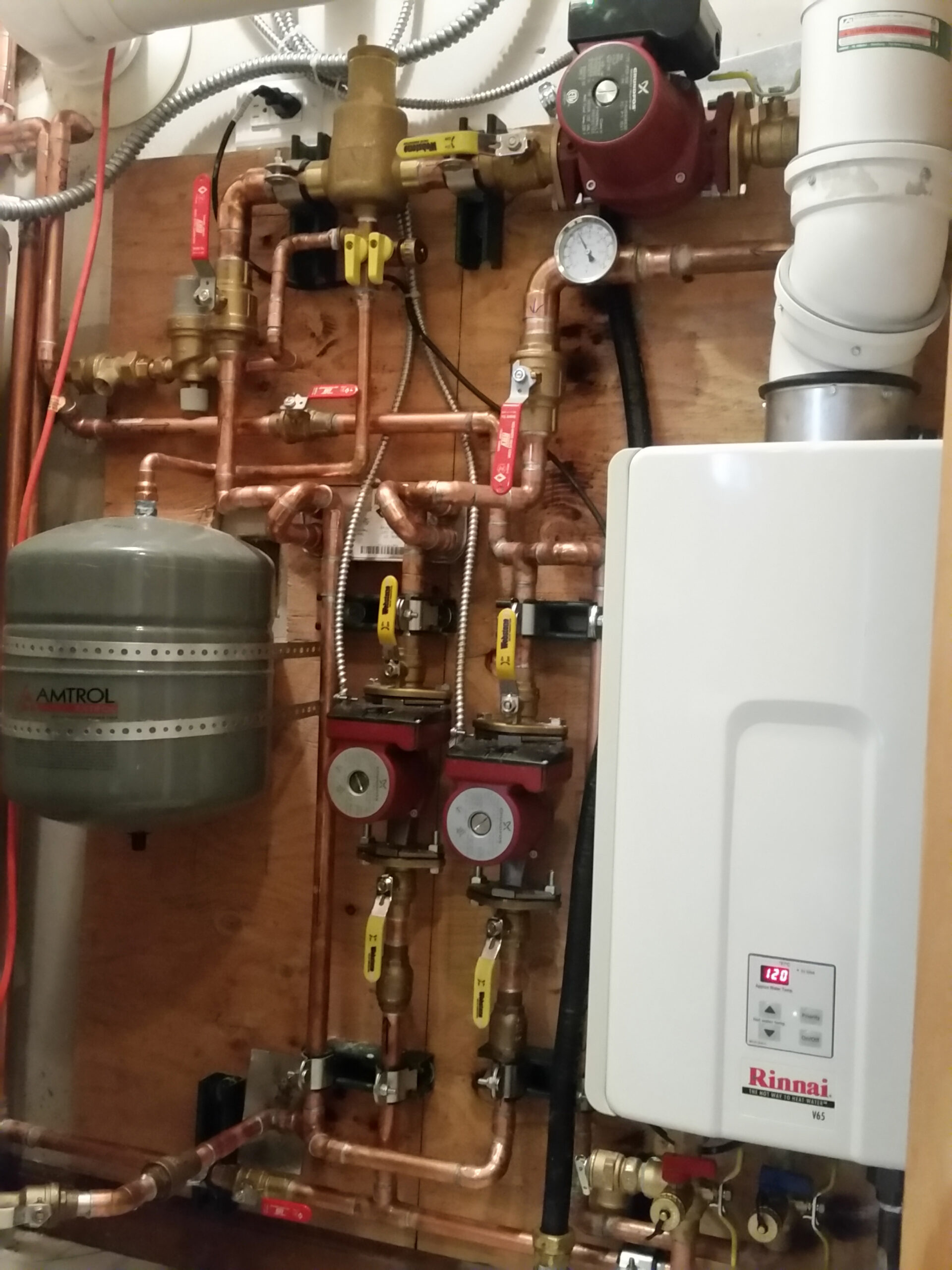
Vent Termination Configurations
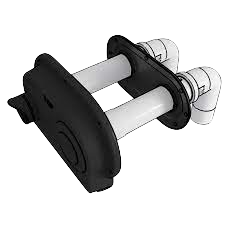
These tankless water heaters are approved for venting through either a sidewall or through the roof of a home. The exhaust and combustion air pipe penetrations to the outdoors can be done using either two separate holes (2” or 3” in diameter for each hole), or, those pipes can be connected inside the home to what is known as a concentric vent termination kit, which requires only one hole (typically 4” or 5” diameter for the single hole).
Depending on the installation, Rinnai has a variety of vent termination kits available to match the specific model, along with the venting option chosen (2-pipe or concentric termination) and where the vent piping will be terminated outdoors (thru the sidewall or the roof).
Approved Vent Termination Locations
There are a range of restrictions and clearances specified by Rinnai, dictating where and exactly how the exhaust vent and combustion air pipe can be terminated outdoors. These include the distance from and orientation of the two pipes in relation to each other, as well as factors such as proximity to an outdoor walkway, distance from soffit grilles, crawlspace vents, exhaust or fresh air vents, and nearby windows, as well as the height above anticipated snow level.
Venting Material & Approved Pipe Lengths
Learn more about the type of exhaust and combustion air pipe that’s used on our top-of-the-line tankless heater, along with the generous parameters that allow you to place the unit in a wide variety of locations in your home:
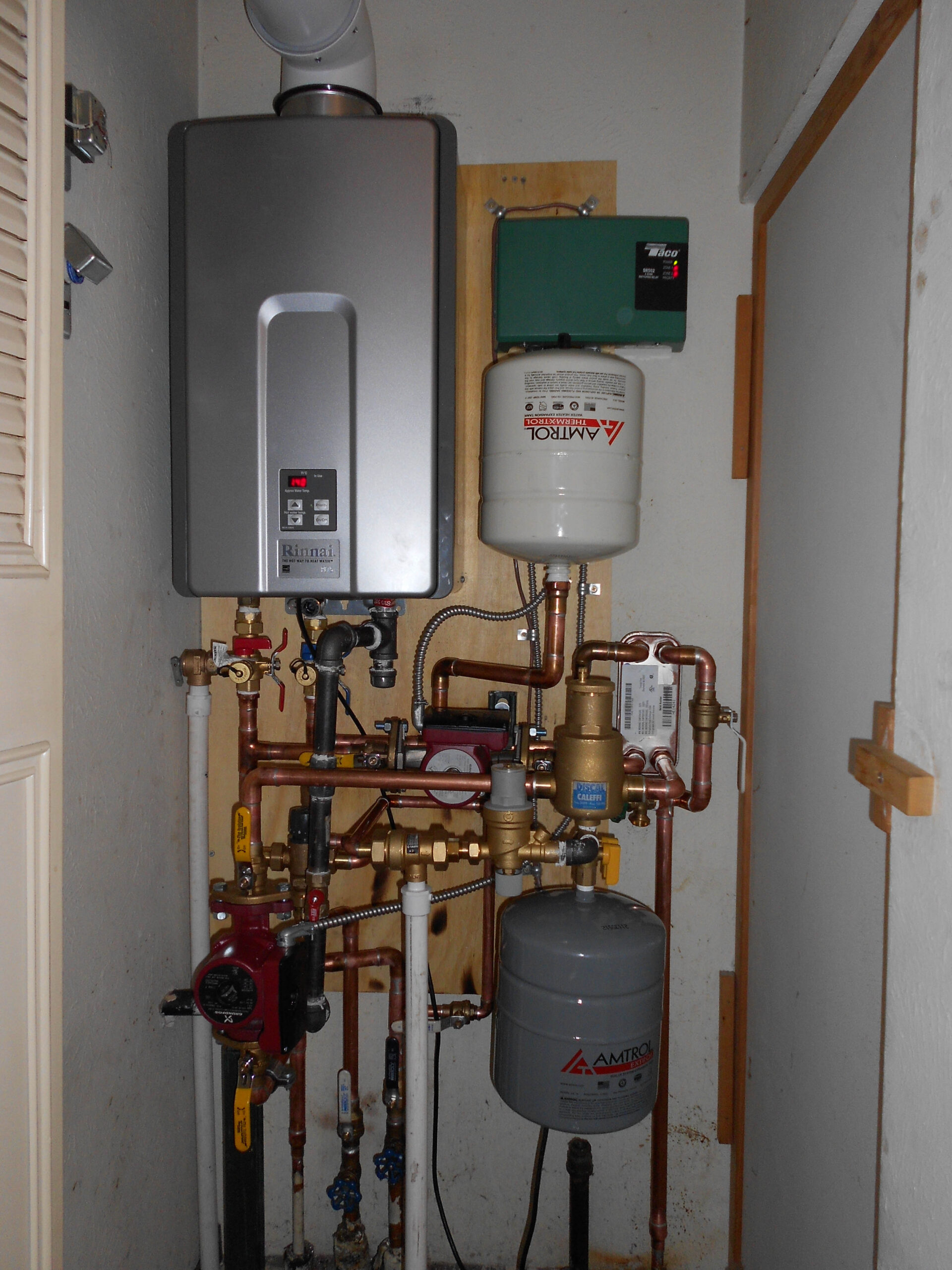
Approved Vent Pipe
The vent pipe approved by Rinnai for use on these tankless heaters is Schedule 40, solid core PVC pipe, either 2” or 3” in diameter, the size depending on the specific unit and details of the installation. Rinnai provides easy to interpret venting instructions and diagrams for all aspects of the venting options that are approved for the tankless heaters they manufacture.
Condensate Removal
Due to the very high efficiency nature of the RU Series tankless water heaters, a small amount of slightly acidic water condenses out of the flue gasses during operation; this condensate is drained safely away from the unit through ¾” diameter PVC pipe to a nearby floor drain or drainpipe stack. On some occasions, it may be necessary to employ a condensate removal pump to properly accomplish this important step in the venting process.
Flexible Venting Distances
The total length of PVC pipe for both the exhaust vent and the combustion air pipe, and the number of elbows (either 45- or 90-degree) that can be used in venting these units, is much more flexible than tankless heaters that were available approximately 15 to 20 years ago. For example, an RU Series tankless heater vented in 2” PVC pipe can accommodate 65 equivalent feet of piping each for both the combustion air and the exhaust pipe (a 90-degree elbow equals 6 feet of vent pipe; a 45-degree elbow equals 3 feet of vent pipe). For installations where a 3” diameter vent pipe is used, the approved pipe limits are even greater. Without diving any deeper, the takeway here is that the venting parameters for these heaters is very ample for our purposes in virtually all cases!
The Right Water Heater For Your Metro Denver-Boulder Home!

Our plumbing and heating team offers a broad line of hot water products to ensure you can find the most appropriate solution for your Boulder-Denver area home. Our process is focused on listening carefully to your input, providing plenty of information, answering your questions fully and patiently in a stress-free manner, and providing options that we feel make sense for you to consider.
To learn more about whether a Rinnai RU Series tankless gas water heater is the right choice for your home, or to explore other hot water options, please reach out to our team today.
Please contact me to schedule a water heater consultation for my home!

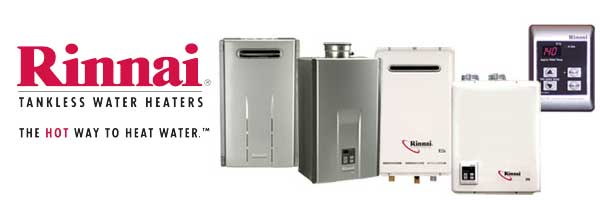

 The total length of PVC pipe for both the exhaust vent and the combustion air pipe, and the number of elbows (either 45- or 90-degree) that can be used in venting these units, is much more flexible than tankless heaters that were available approximately 15 to 20 years ago. For example, an RU Series tankless heater vented in 2” PVC pipe can accommodate 65 equivalent feet of piping each for both the combustion air and the exhaust pipe (a 90-degree elbow equals 6 feet of vent pipe; a 45-degree elbow equals 3 feet of vent pipe). For installations where a 3” diameter vent pipe is used, the approved pipe limits are even greater. Without diving any deeper, the takeway here is that the venting parameters for these heaters is very ample for our purposes in virtually all cases!
The total length of PVC pipe for both the exhaust vent and the combustion air pipe, and the number of elbows (either 45- or 90-degree) that can be used in venting these units, is much more flexible than tankless heaters that were available approximately 15 to 20 years ago. For example, an RU Series tankless heater vented in 2” PVC pipe can accommodate 65 equivalent feet of piping each for both the combustion air and the exhaust pipe (a 90-degree elbow equals 6 feet of vent pipe; a 45-degree elbow equals 3 feet of vent pipe). For installations where a 3” diameter vent pipe is used, the approved pipe limits are even greater. Without diving any deeper, the takeway here is that the venting parameters for these heaters is very ample for our purposes in virtually all cases!


